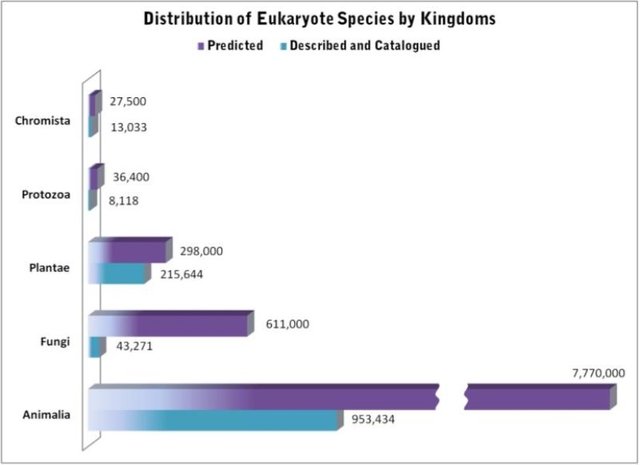Noah’s Ark—can science and common sense help us with understanding this narrative?
Believers of the Bible—a book that has been translated into more than 2800 languages in whole or in part—are familiar with the narrative of Noah’s Ark. This story, in which God destroyed the world with a global flood and only saved Noah, his family and a remnant of all the world's animals, has been considered a myth by critics who question the possibility of having all the animals we see today in the ark.

Image source: Schematic of Noah's Ark.
The details of the intricate account of events before and/or after the flood are not given; neither do we have a list of animals that entered the ark. Can information from science help us to address some of these questions?
HOW MANY LIVING SPECIES DO WE HAVE IN THE WORLD?
The actual number of living species on Earth remains unknown, but the estimate is about 8 million. Nevertheless, more than 1 million living species are named and catalogued.
Even if we are to go by these numbers, the possibility of all these species fitting in an ark whose dimensions were limited remains a mystery. A careful analysis based on common sense and science results to two helpful points:
Creatures that survive in water did not need to enter the ark. Therefore, only terrestrial vertebrates, which walk upon the ground and have nostrils, needed the ark, since they are not designed to leave in water. According to estimates, this implies that the ark saved only about 26000 living species of terrestrial vertebrates—mammals, reptiles and birds.
Number of Species Identified on Earth
However, this numbers is excessively high to fit in the ark, and this takes us to point two.
Science explains adaptation as one of the major processes that has led to the observed diversity of species on earth. This whole idea brings new perspectives into the ark’s story, because it could have been possible that a single type of animal species saved on the ark ideally produced several different species after the flood due to processes related to adaptation—habitat alteration, invasive species, climate change and over-exploitation.
For people who are familiar with animal classification, animals are grouped into different families. It is only natural that an animal in one family can easily evolve into different species of the same family. Considering this, we can arguably conclude that only thousands of animals representing an estimated number of 320 families of living vertebrate animals would produce the entire current number of vertebrate animals living on earth today.
Whether these numbers would fit in Noah’s Ark or not, remains a topic of debate among Bible readers and critics. Besides, non-believers of the Bible consider this story a myth, just like other flood myths recorded in history.
Follow for updates: @kayondo
